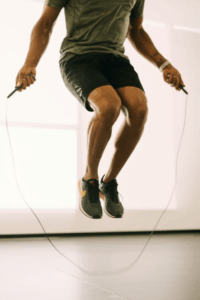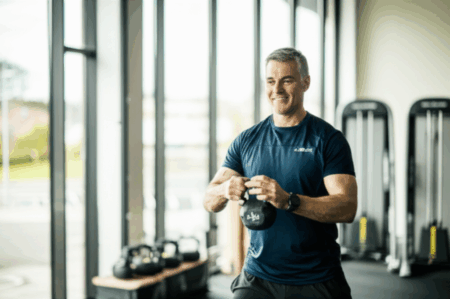Chasing that elusive “Olympian Abs” look isn’t just about aesthetics; it’s about building a foundation of strength, stability, and power that can elevate your athletic performance in any discipline. If you’re ready to forge a formidable midsection, look no further than the “300 Abs” circuit championed by Olympian Winter Vinecki. This intense core routine, shared by the acclaimed aerial skier, is designed to challenge every muscle in your trunk, offering benefits that extend far beyond a chiseled physique.

Who is Winter Vinecki? An Olympian’s Dedication to Core Strength
Winter Vinecki is an American Olympic aerial skier, a sport that demands incredible athleticism, precision, and, crucially, an exceptionally strong core. Aerial skiing involves complex flips and twists high above the snow, requiring athletes to maintain control and stability in mid-air and upon landing. For Vinecki, core strength isn’t just about looking good; it’s fundamental to her ability to perform at an elite level, execute maneuvers, and prevent injuries. Her “300 Abs” circuit is a testament to the rigorous training required to compete on the world stage, demonstrating the universal importance of a robust core for any physical activity.

Decoding the “300 Abs” Circuit: Exercises for a Rock-Solid Midsection
Winter Vinecki’s “300 Abs” circuit is a comprehensive series of exercises targeting the rectus abdominis, obliques, transverse abdominis, and lower back. The circuit consists of 16 distinct exercises, performed consecutively to accumulate a total of 300 repetitions. This high-volume approach ensures a deep muscular burn and significant endurance development.
Here is the breakdown of Winter Vinecki’s “300 Abs” core circuit:
- 20 Crunches: A classic move targeting the upper abdominals.
- 20 Bicycle Sit-ups: Engages the obliques and rectus abdominis while promoting coordination.
- 20 Toe Touches: Works the upper abs by reaching towards your toes, often with legs extended vertically.
- 20 Dead Bugs: Excellent for engaging the deep core (transverse abdominis) and improving stability without spinal flexion.
- 10 Tuck Ups: A dynamic exercise that brings knees and chest together, working the entire core.
- 20 Candlesticks: Involves lifting the legs and hips towards the ceiling, powerfully engaging the lower abs.
- 10 Side-Plank Hip Dip & Leg Lifts (each side): Targets the obliques and hip abductors for lateral stability.
- 10 Side-Plank Crunches (each side): Further challenges the obliques and improves side-body strength.
- 20 Russian Twists: A rotational movement that effectively sculpts the obliques.
- 20 Superwomans: Focuses on strengthening the lower back and glutes, crucial for a balanced core.
- 20 Penguins: A small, controlled crunch variation that primarily hits the obliques by reaching towards the ankles.
- 20 Sit-ups: A full range-of-motion exercise for the rectus abdominis.
- 20 Alternating V-Ups: A challenging move that requires significant abdominal strength and flexibility.
- 20 Flutter Kicks: Works the lower abdominals and hip flexors with small, rapid leg movements.
- 20 Criss-Cross Flutter Kicks: Adds a rotational element to engage the obliques more deeply.
- 10 Leg Lifts: Targets the lower abdominals by raising and lowering both legs.
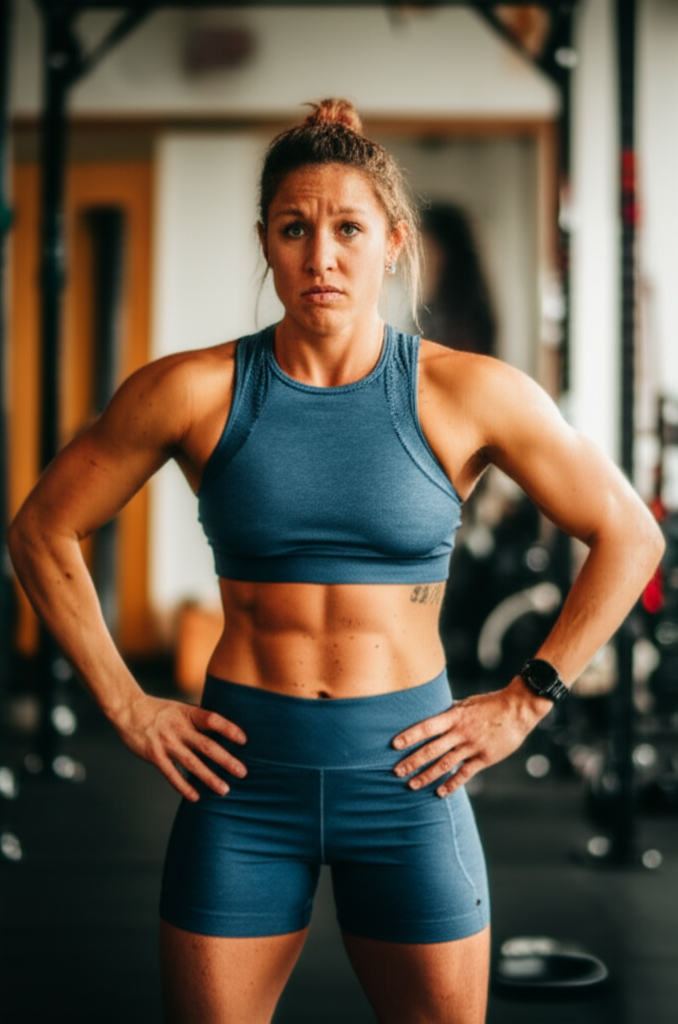
Why This Circuit Delivers Olympian-Level Results
This “300 Abs” circuit isn’t just a random collection of exercises; its effectiveness stems from several key principles:
Comprehensive Muscle Engagement
The circuit hits virtually every part of your core, including the rectus abdominis (the “six-pack” muscles), the internal and external obliques (side muscles), the transverse abdominis (deepest core muscle for stability), and the erector spinae (lower back muscles). This holistic approach ensures balanced strength development, which is vital for athletic performance and injury prevention.
High Volume and Endurance
With 300 repetitions, the workout builds muscular endurance in the core. This is particularly beneficial for athletes like skiers who need sustained core engagement during prolonged periods of activity. Endurance helps delay fatigue, allowing you to maintain proper form and power output for longer.
Functional Strength for Sports
For skiers and many other athletes, a strong core acts as the body’s powerhouse, transferring power between the upper and lower body and providing the stability needed for swift movements, balance, and resisting external forces. This circuit strengthens the core in ways that directly translate to improved performance in dynamic activities, from navigating moguls to sticking a landing.
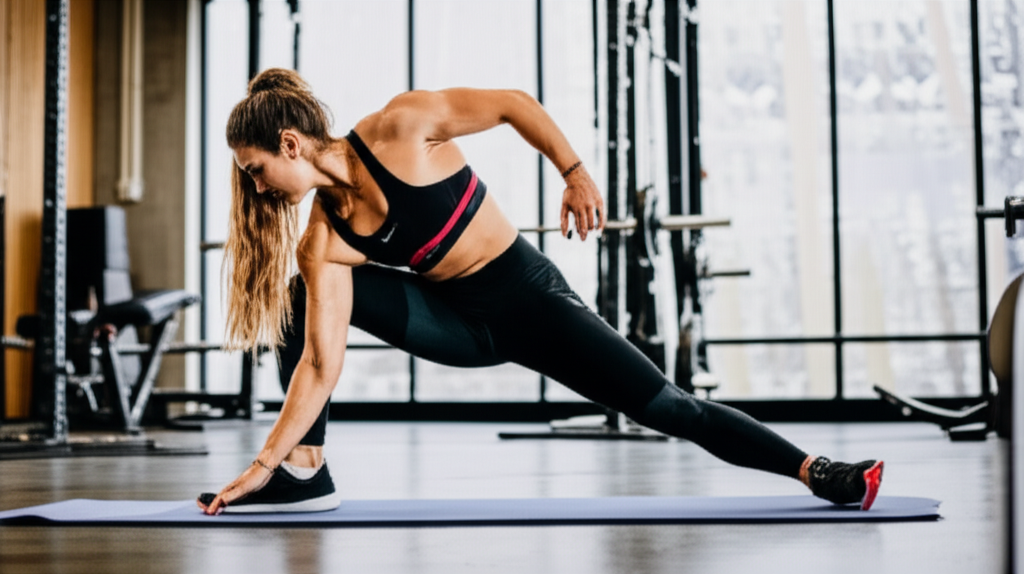
Tips for Success and Progression
To get the most out of Winter Vinecki’s “300 Abs” circuit and to ensure safety, consider these tips:
- Focus on Form: Quality over quantity is paramount. Perform each repetition with control, engaging the target muscles rather than relying on momentum. If your form breaks down, rest briefly or reduce the range of motion.
- Listen to Your Body: This is an advanced circuit. If you’re new to core training, start with fewer repetitions for each exercise or do fewer rounds of the circuit. Gradually increase as your strength improves.
- Breathe Properly: Exhale on exertion (the hardest part of the movement) and inhale as you return to the starting position. Proper breathing supports core engagement and protects your lower back.
- Consistency is Key: Incorporate this circuit 2-3 times per week, allowing for rest days in between. Consistent effort will yield the best results.
- Warm-up and Cool-down: Always begin with a light warm-up (e.g., dynamic stretches, light cardio) and end with static stretches for your core and back muscles.

Beyond the Abs: The Broader Benefits of a Strong Core
While the pursuit of “Olympian Abs” is a common motivator, the advantages of a strong core extend far beyond aesthetics:
- Improved Balance and Stability: A strong core acts like a natural girdle, stabilizing your spine and pelvis, which is crucial for balance in everyday life and athletic endeavors.
- Enhanced Athletic Performance: From throwing a ball to lifting weights or skiing down a mountain, your core is involved in almost every movement, enabling efficient power transfer and coordination.
- Reduced Risk of Injury: A robust core helps protect your spine and can alleviate back pain by providing better support and alignment. It also helps prevent injuries by creating a stable base for movement.
- Better Posture: Strong core muscles support proper spinal alignment, leading to improved posture and reduced strain on your back and neck.
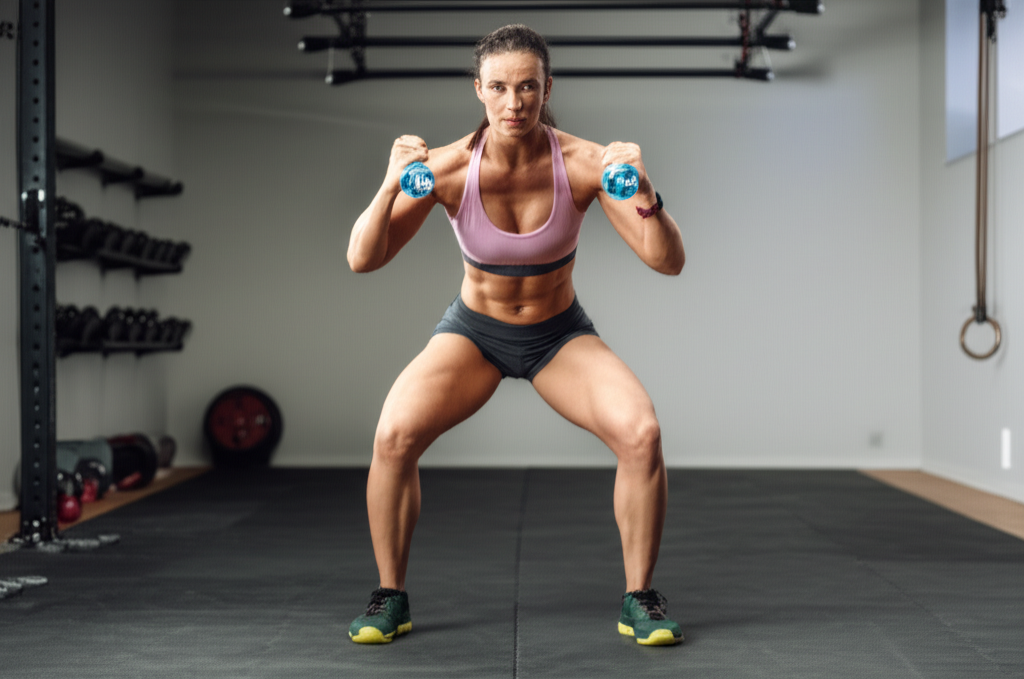
Integrating the “300 Abs” into Your Routine
You can integrate Winter Vinecki’s “300 Abs” circuit into your fitness routine in several ways:
- As a Standalone Workout: On days when you want a dedicated core session, this circuit can be a complete workout in itself.
- As a Finisher: Many athletes, including professional skier Johnny Collinson, often incorporate core work at the end of their strength training sessions.
- Part of a Full-Body Program: Alternate core days with upper body, lower body, or full-body strength training sessions.
Winter Vinecki’s “300 Abs” circuit is a challenging yet highly effective routine for anyone looking to build a powerful and resilient core. By embracing the dedication of an Olympian, you can unlock not only the coveted “Olympian Abs” but also a foundation of strength that will enhance your performance and well-being in all aspects of your life.

